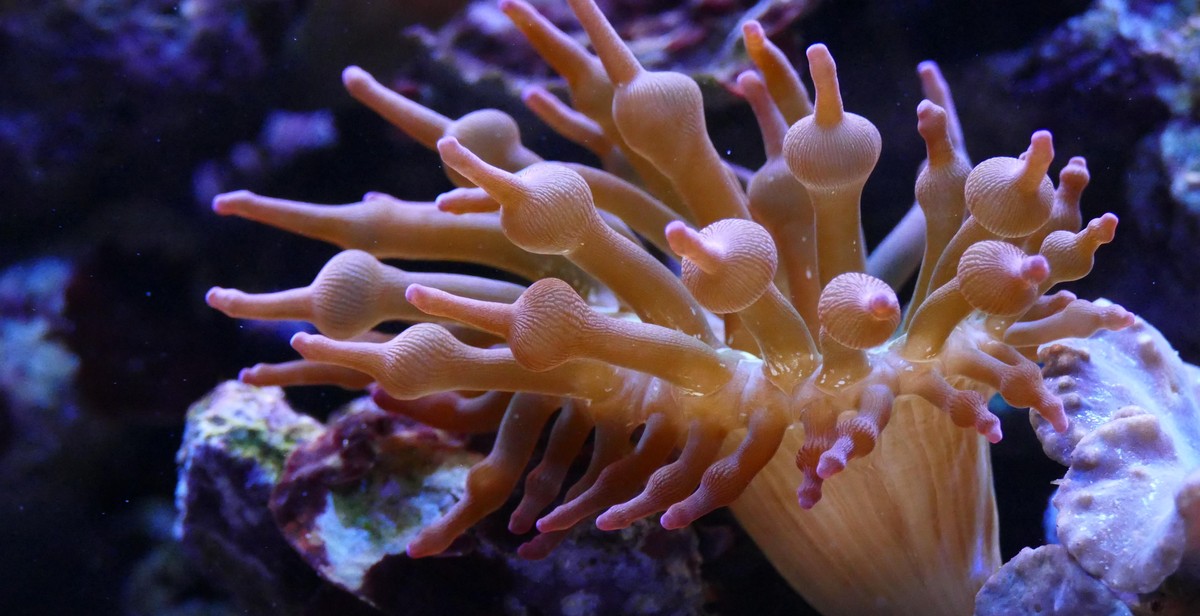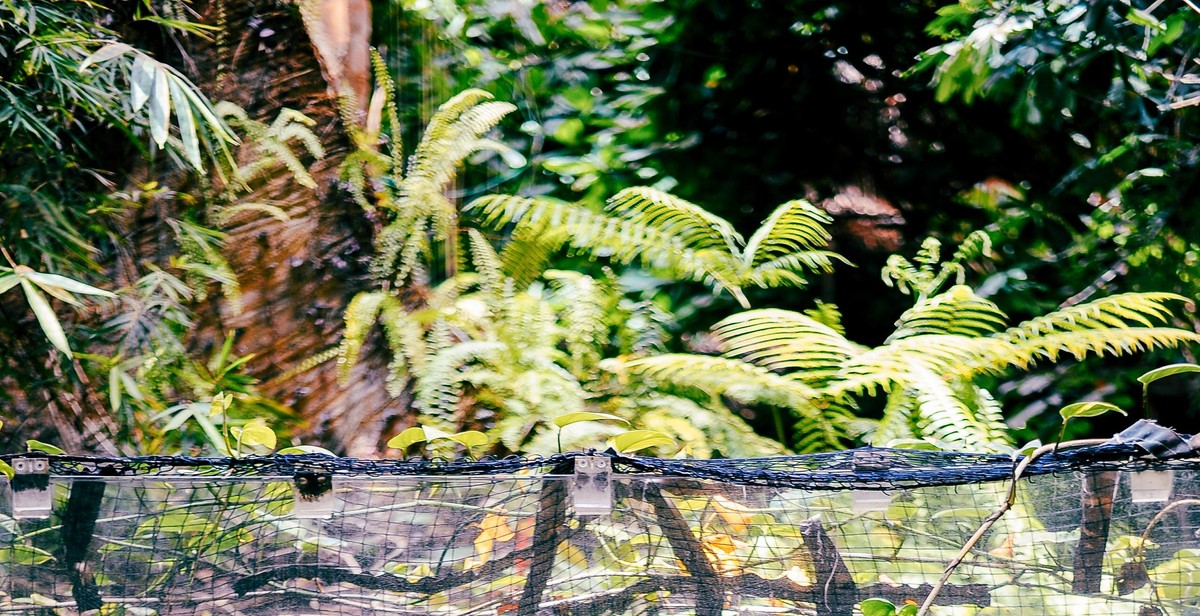How to Care for Aquarium Plants: Essential Tips for Healthy Aquatic Plant Life
Aquarium plants are not just a beautiful addition to your aquarium, but they also play a crucial role in maintaining a healthy aquatic environment. They provide oxygen, absorb carbon dioxide, and reduce the growth of algae, making your aquarium a healthier and more natural habitat for your fish.
Why are Aquarium Plants Important?
Aquarium plants are important for several reasons:
- They produce oxygen through the process of photosynthesis, which is essential for the survival of your fish and other aquatic animals.
- They absorb carbon dioxide and other harmful chemicals, helping to maintain a healthy water chemistry in your aquarium.
- They reduce the growth of algae by competing for nutrients and blocking out excess light, which can be harmful to your fish and other aquatic animals.
- They provide natural hiding places and shelter for your fish, which reduces stress and promotes natural behaviors.
Overall, aquarium plants are an essential component of a healthy and thriving aquarium ecosystem. In this article, we will discuss some essential tips for caring for your aquarium plants to ensure they stay healthy and vibrant.
Choosing the Right Plants for Your Aquarium
Choosing the right plants for your aquarium is essential for a healthy aquatic plant life. When it comes to selecting plants for your aquarium, there are a few factors to consider. Here are some considerations to keep in mind:
Types of Aquarium Plants
There are various types of aquarium plants to choose from. These include:
- Foreground: These plants are placed in the front of the aquarium and are typically smaller in size. They include plants like dwarf hairgrass and java moss.
- Midground: These plants are placed in the middle of the aquarium and are usually taller than foreground plants. They include plants like anubias and crypts.
- Background: These plants are placed in the back of the aquarium and are typically the tallest. They include plants like Amazon swords and Vallisneria.
- Floating: These plants float on the surface of the water and can provide shade for your aquarium. They include plants like water lettuce and duckweed.
Considerations for Choosing Plants
When selecting plants for your aquarium, there are a few things to keep in mind:
- Lighting: Different plants require different levels of lighting. Be sure to choose plants that are compatible with your aquarium’s lighting system.
- Water Parameters: Some plants prefer soft water, while others prefer hard water. Be sure to choose plants that are compatible with your aquarium’s water parameters.
- Compatibility with Fish: Some fish may nibble on certain plants, so it’s important to choose plants that are compatible with your fish.
- Growth Rate: Some plants grow faster than others. If you have a smaller aquarium, it’s best to choose slower-growing plants to prevent overcrowding.
- Maintenance: Some plants require more maintenance than others. Be sure to choose plants that fit your level of commitment and expertise.
| Aquarium Type | Compatible Plants |
|---|---|
| Low-Tech Aquariums | Anubias, Java Fern, Cryptocoryne, Marimo Moss Balls |
| High-Tech Aquariums | Dwarf Hairgrass, Blyxa Japonica, Rotala, Ludwigia |
| Coldwater Aquariums | Java Fern, Anubias, Hornwort, Water Sprite |
| Cichlid Aquariums | Anubias, Java Fern, Vallisneria, Amazon Swords |
By considering these factors and selecting the right plants, you can create a healthy and beautiful aquarium that your fish will love.

Setting Up Your Aquarium for Plant Life
Before adding plants to your aquarium, it is important to set up the proper environment for them to thrive in. This includes providing adequate lighting, substrate, fertilizers, and CO2 injection.
Lighting
Lighting is essential for photosynthesis, the process by which plants convert light into energy. Different types of plants have different lighting requirements, so it is important to research the specific needs of the plants you plan to add to your aquarium. Generally, aquarium plants require at least 8-10 hours of light per day, but some may require more or less. It is also important to choose the right type of lighting for your aquarium, such as LED or fluorescent bulbs, and to position the lights properly to ensure even coverage.
Substrate and Fertilizers
Substrate refers to the material that lines the bottom of your aquarium, and it can have a big impact on the health of your plants. Some plants require a nutrient-rich substrate, while others can grow in sand or gravel. It is important to choose the right substrate for your plants and to supplement it with fertilizers as needed. Fertilizers provide essential nutrients like nitrogen, phosphorus, and potassium that plants need to grow and thrive. There are many types of fertilizers available, including liquid, tablets, and powders, so choose the type that works best for your plants and aquarium setup.
CO2 Injection
Carbon dioxide (CO2) is another essential element for plant growth, and it can be added to your aquarium through CO2 injection. This involves adding CO2 to the water through a diffuser or other device, and it can help to boost plant growth and health. However, it is important to monitor CO2 levels carefully, as too much CO2 can be harmful to fish and other aquatic life in your aquarium.
| Element | Description |
|---|---|
| Lighting | Provide adequate lighting for photosynthesis. |
| Substrate and Fertilizers | Choose the right substrate and supplement with fertilizers as needed. |
| CO2 Injection | Monitor CO2 levels carefully when adding CO2 to your aquarium. |
Maintaining Healthy Aquarium Plants
Having healthy aquarium plants is crucial for maintaining a thriving aquatic ecosystem. Here are some tips for keeping your plants healthy:
Water Quality
Proper water quality is essential for the health of your aquarium plants. Make sure to test the water regularly and maintain a pH level between 6.5 and 7.5. Use a high-quality filter to remove any impurities and provide sufficient oxygenation to the water.
Additionally, provide adequate lighting for your plants. Different types of plants require different levels of lighting, so research the specific needs of your plants and adjust accordingly.
Pruning and Trimming
Regular pruning and trimming of your aquarium plants is important for their health. Remove any dead or dying leaves, as they can rot and spread disease to the rest of the plant. Cut back any overgrown stems or leaves to prevent overcrowding and encourage healthy growth.
When trimming, use sharp, clean scissors to avoid damaging the plant. You can also use aquascaping tools, such as tweezers or pruning shears, for more precise cuts.
Preventing and Treating Algae
Algae can be a common problem in aquariums, and if left untreated, it can harm your plants. To prevent algae growth, maintain a regular cleaning schedule and avoid overfeeding your fish.
If you do notice algae growth, there are several methods for treating it. One option is to add algae-eating fish, such as plecos or Siamese algae eaters, to your aquarium. You can also use chemical treatments, such as algaecides, but be sure to follow the instructions carefully to avoid harming your plants or fish.
Regular maintenance and attention to water quality, pruning, and algae prevention can help ensure the health and longevity of your aquarium plants.

Conclusion
Keeping your aquarium plants healthy and thriving is essential for maintaining a balanced and beautiful aquatic environment. By following the tips outlined in this article, you can ensure that your plants receive the care they need to flourish.
Regular Maintenance
Regular maintenance is key to keeping your aquarium plants healthy. This includes monitoring water quality, providing adequate lighting and nutrients, and pruning and trimming as needed. By staying on top of these tasks, you can prevent issues like algae growth and plant decay.
Choosing the Right Plants
Choosing the right plants for your aquarium is also crucial. Consider the size of your tank, the lighting conditions, and the types of fish you have when selecting plants. Some species require more care than others, so do your research before making a purchase.
Creating a Balanced Ecosystem
Finally, remember that aquarium plants are just one part of a larger ecosystem. To keep your plants healthy, you must also maintain a healthy balance of fish, bacteria, and other organisms. Regular water changes, proper filtration, and avoiding overfeeding can all contribute to a thriving aquatic environment.
By following these essential tips for caring for aquarium plants, you can create a beautiful and healthy aquatic environment that you and your fish will enjoy for years to come.
